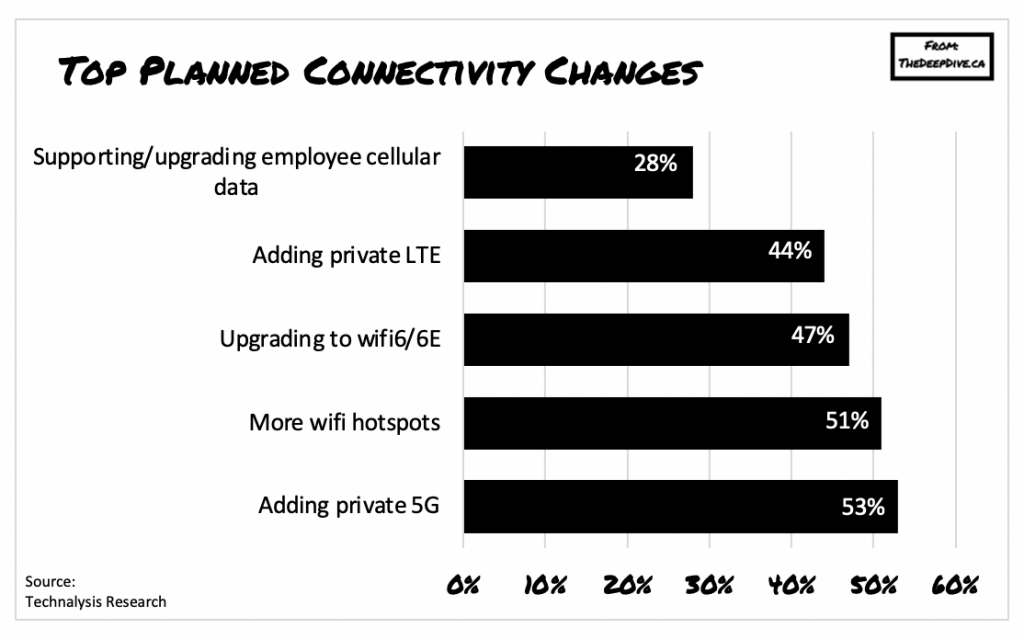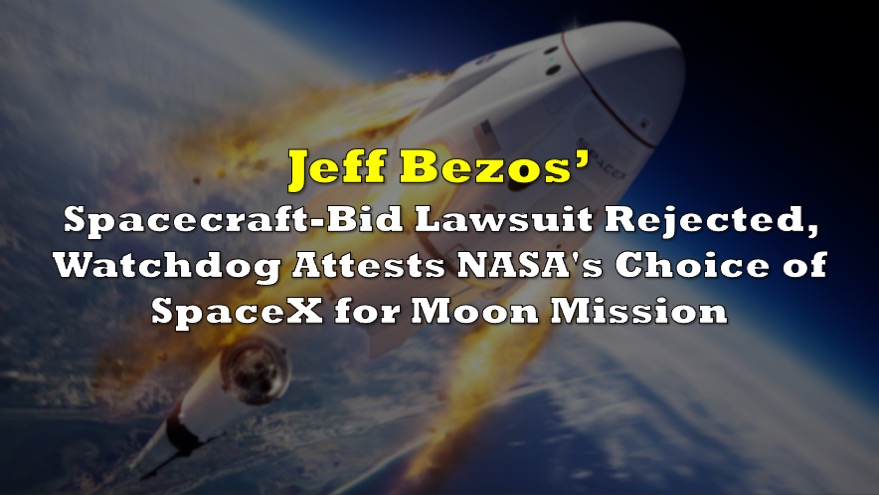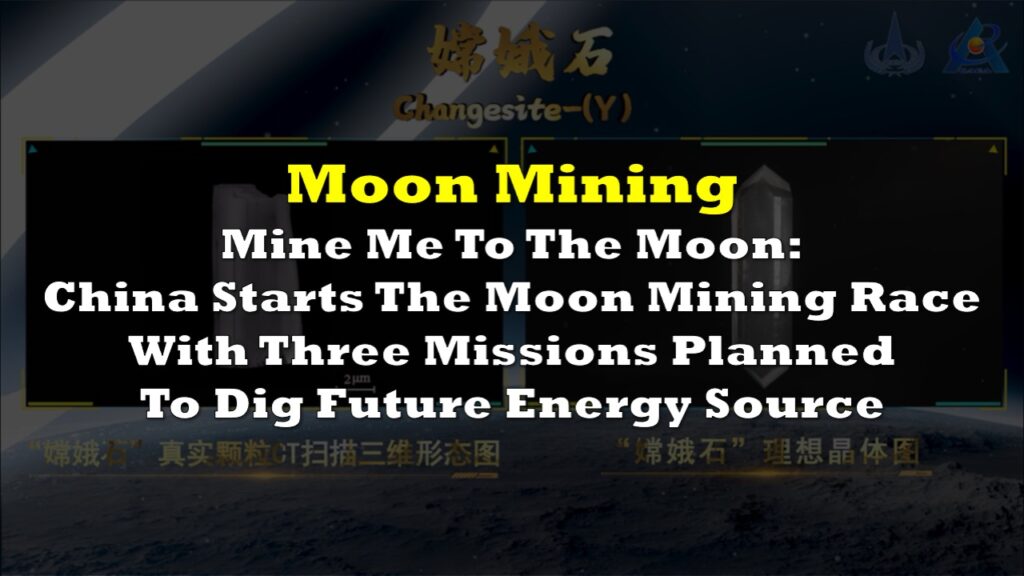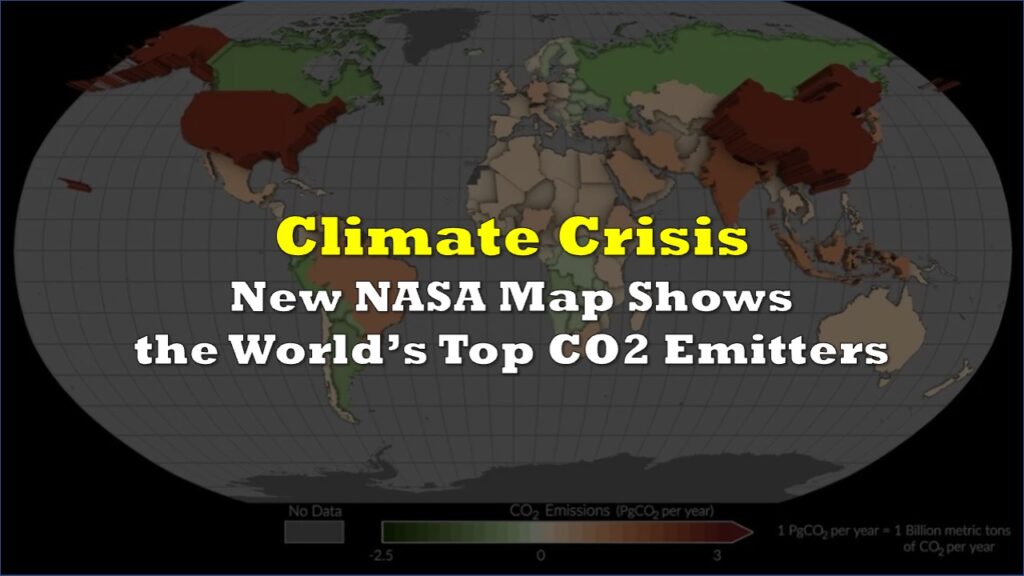Just when we thought everything Nokia was forever buried under the remnants of low-waisted flare jeans, MSN Messenger, and long-overdue Blockbuster videos, the Finnish company has once again reemerged from its indestructible mobile phone days and announced it will begin building the first-ever cellular network on the moon.
Yes, you have heard that right – the iconic phone maker has been selected by NASA to deploy the first ever LTE/4G communications system on the moon, paving the way for future viable human presence in space. The new network will provide 4G connectivity for any kind of voice communication between astronauts, and will also be used to transfer biometric data, stream high-definition videos, as well as control lunar rovers.
NASA has granted $14.1 million to Nokia’s Bell Labs for the project, which will partner with Texas-based Intuitive Machines to deliver the 4G network to the moon. Although the network will not be completed until 2022 and not used by humans until 2024, NASA plans are to eventually supersede it with a 5G network later on. The move comes amid an increased race among companies to expand connectivity here on Earth, and transition towards a 5G cell network.

Unlike the current LTE/4G signal back on Earth, which is often met with frustration when we cannot get a signal whilst scrolling our cousin’s friend’s husband’s sister’s Facebook profile, Nokia’s technology will likely work significantly better on the moon. Given that there are no buildings, trees, or TV signals to interfere with the 4G network, astronauts will have more reliable, long-distance communication compared to current radio operations on the moon.
In fact, the new cellular network will be specifically designed to tolerate the harsh climate of the moon, including radiation, excessive temperatures, as well as vacuum in space. In addition, the 4G network will be immune to disruptions from lunar landings and launches, which create considerable vibrations on the moon’s surface. The latest 4G application has certainly gone a long way since half a billion people watched the 1969 moon landing. Now, the rest of us stuck back on Earth will eventually be able to see a more clearer, real-time glimpse of the “magnificent desolation” that Buzz Aldrin famously described.
Information for this briefing was found via Nokia and Technalysis Research. The author has no securities or affiliations related to this organization. Not a recommendation to buy or sell. Always do additional research and consult a professional before purchasing a security. The author holds no licenses.









